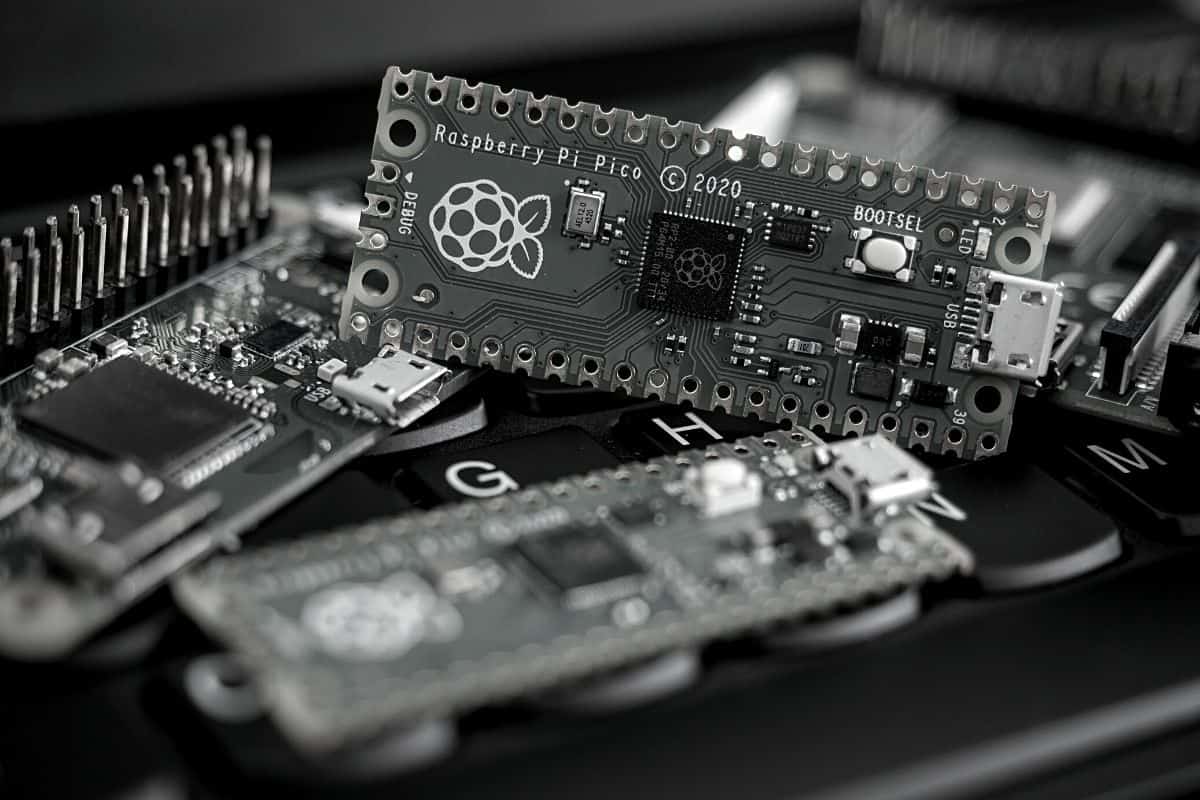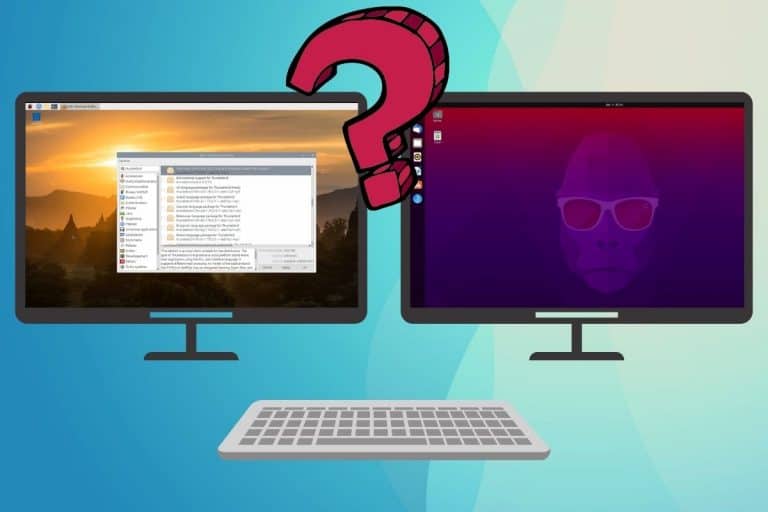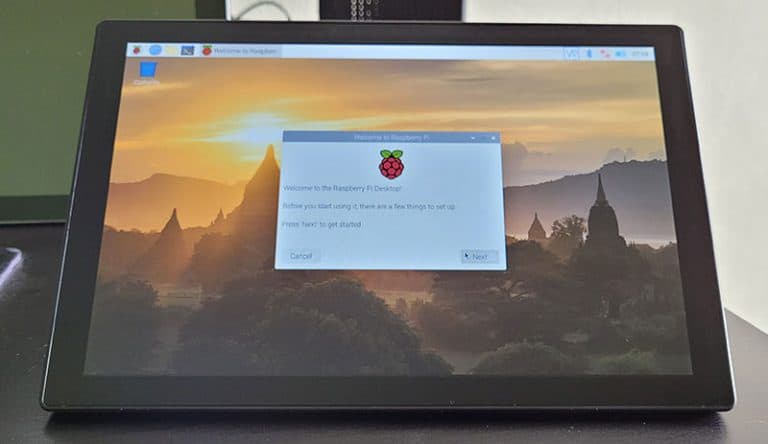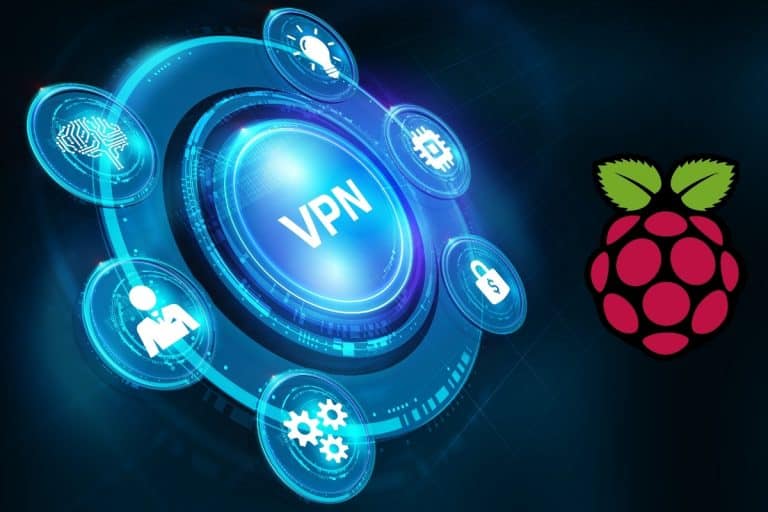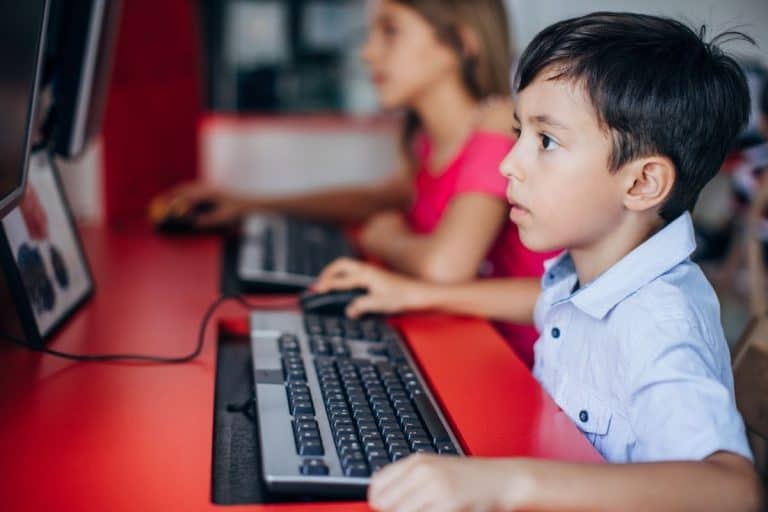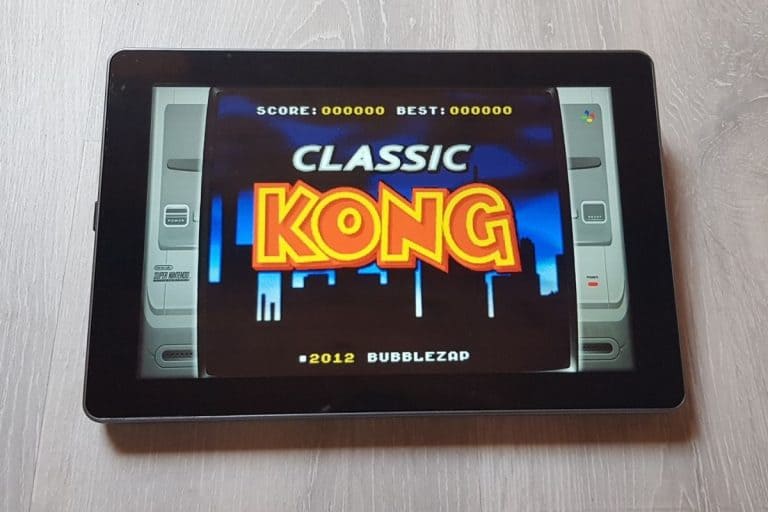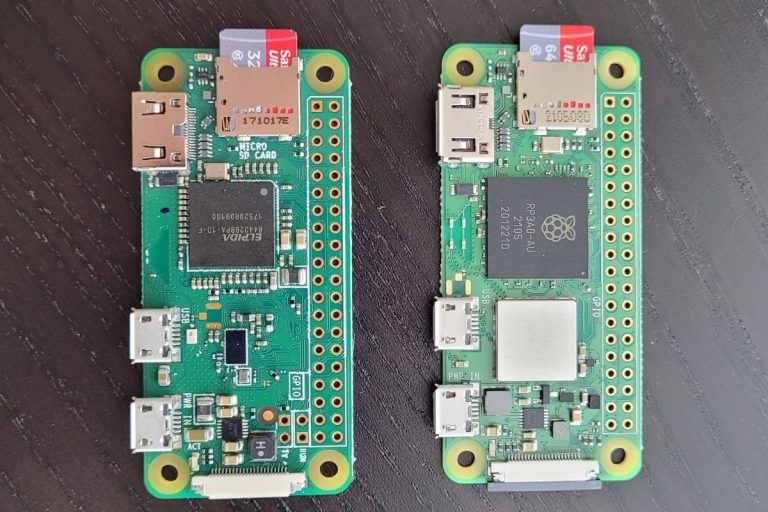The Epic Story of the Raspberry Pi
In computing history, Raspberry Pi has clearly left a trace.
It is an incredible story – from one guy building single board computers for his entertainment, to a major foundation selling over 15 million devices in the world.
Today, I’ll try to sum up this evolution for you.
The Raspberry Pi story started in 2006 with the creation of the first prototypes inspired from the BBC Micro.
6 years later, the first Raspberry Pi was born. The main goal was to help young people to discover computers at low cost (about $30).
Now I’ll try to give you all the information you need to understand the Raspberry Pi history: origins, development, key dates and results.
Eben Upton: The project origin
Who is Eben Upton?
Eben Upton is a British engineer, creator of the Raspberry Pi and the Raspberry Pi Foundation.
He studied physics and engineering at the Cambridge university before working for prestigious companies, like Broadcom, Intel and IBM.
First prototypes
Eben Upton worked five years from 2006 to 2011 on a single board computer project (mainly on evening and weekends, while working at Broadcom).
The BBC Micro from Acorn computers he used at school inspired him to create his own product.
But as you see below, it isn’t a copy/paste:
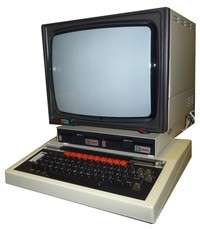
They sold this computer for £350 in the UK and it was difficult for schools to buy enough computers for all students.
On his side, Eben Upton was working on a smaller and cheaper device.
First, he worked on big boards to make tests and debug easier, but the goal was to create a small computer in the end.
Here is a photo of one of these first prototypes:
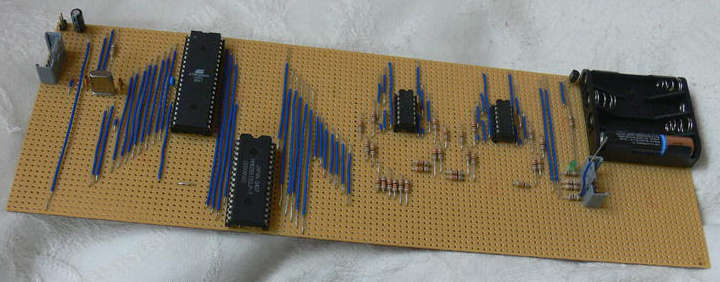
Moving to the Raspberry Pi idea
While Eben Upton was creating his prototypes, he realized that there was a problem within UK education – high computer prices.
This implied that young students didn’t learn computer sciences and turned away from the computer professions. Companies in the UK also lacked computer professionals.
If you’re a young reader, I remind you that 2006 was the beginning of the Internet that we know today:
- Google was starting to be widely used.
- Facebook just became accessible for everyone.
- Twitter had its first tweet.
So, the world needed many programmers and network engineers to continue developing the Internet.
Eben Upton tried to find a solution, with the goal of building a computer ten times cheaper than the BBC Micro.
If you are interested in knowing more about Eben Upton and the story of the Raspberry Pi origins, I recommend watching this video from the Centre for Computing History:
The Raspberry Pi name origin
Do you know why we call the Raspberry Pi like this?
Join Our Community!
Connect, learn, and grow with other Raspberry Pi enthusiasts. Support RaspberryTips and enjoy an ad-free reading experience. Get exclusive monthly video tutorials and many other benefits.
Learn moreRaspberry
Many computer manufacturer names come from fruits, and Raspberry is not an exception.
Before Raspberry Pi, we had Apple, Acorns and Apricot computers.
So Raspberry’s name was mainly to follow the trend, but it was also a funny reference to the expression ‘blowing a raspberry’.
Eben Upton said it was an allusion to the project nature at this time.
Pi
The “Pi” part is a reference to the Python part of the first devices created.
These devices started with a terminal prompt where you needed to type any Python code to do what you want.
This was to make the difference with other computers running with BASIC (like the BCC Micro I quoted previously).
If you are lost in all these new words and abbreviations, request my free Raspberry Pi glossary here (PDF format)!
Download now
Raspberry Pi Foundation goals
The Raspberry Pi Foundation birth
In 2009, Eben Upton created the Raspberry Pi Foundation to structure the Raspberry Pi development.
It’s a registered educational charity foundation based in the UK.
He made up his mind that the goal of the Raspberry Pi will be to help young students learn programming basics at low cost.
He could have created a classic company to sell the Raspberry Pi for $100 and make money, but his main goal was to help people and to help solve a problem.
Goals
As I already mentioned it previously, the main goal was to release computers around $30.
This would help schools teach computing and allow students become interested in computer-related jobs.
The foundation introduced Scratch as the first programming language for kids.
For those who don’t know it, Scratch is an easy language to learn, where you move instructions with the mouse to create what you want.
It’s the perfect first programming language.
Projects achieved
You can check the Raspberry Pi blog to read stories about the foundation achievements (link below).
The main goal has remained the same since the start, but now with a worldwide focus.
Here are examples of their success:
- Funding a computer lab in Afghanistan and South Africa.
- Helping computer development in Africa.
- Raspberry Pi gifts for schools in the UK (Google offered 15000 Raspberry Pi in 2013 for example).
You can check this page to learn more about their achievements.
Raspberry Pi models
Now that you understand why the Raspberry Pi exists, let’s learn more about hardware specifications and the Raspberry Pi evolution from the beginning.
Originally, Eben Upton wanted to create two models: A (cheaper) and B (faster).
Recently they built the Raspberry Pi Zero (smaller).
Model A
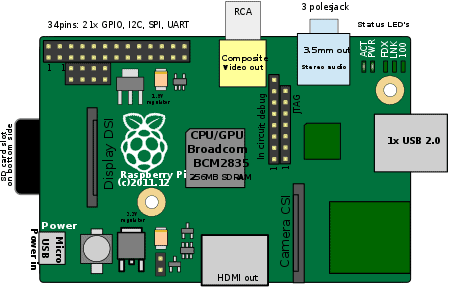
Version 1
The Raspberry Pi A is not the first model released, they revealed it on February 2013, one year after the B.
As I said, they intend the model A to be cheaper, the first version will cost about $25.
They got to this price by making choices on hardware components: less USB ports and ram for example.
But the Raspberry Pi 1 A remains interesting with these specifications:
- CPU: ARM 700Mhz
- RAM: 256 Mo
- 1 USB port
- 8 GPIO pins
- HDMI, Audio and SD slot
In November 2014, they released an update (1 A+), with some changes on the hardware, mainly:
- 17 GPIO pins instead of 8
- Jack audio output instead of RCA
- Micro SD instead of SD
This allowed the Raspberry Pi 1 A+ to be smaller and lighter than the first version.
Version 2
Another surprise from the Raspberry Pi Foundation, the Raspberry Pi model A didn’t get a second version.
They went directly to the version 3, probably to follow the model B taxonomy.
Version 3
The last version of the Raspberry Pi A came recently, with the Raspberry Pi 3 A+ in November 2018.
For the same price of $25 at the release, you now get:
- A 64bits architecture with a 4xCore CPU at 1.4Ghz
- 512MB RAM
- All needed networks components: Gigabit LAN, WiFi and Bluetooth
So this was a huge update for this model.
Even for $25 we get a good base to learn or teach any computing skills.
Model B
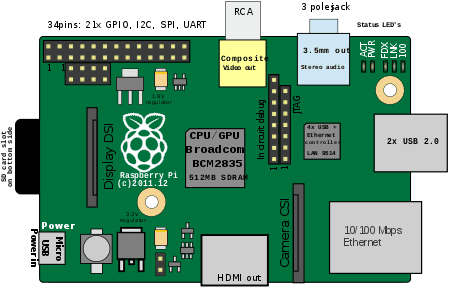
The Model B is a more “powerful” Raspberry Pi model, if we can say so, for a $35 computer
Version 1
As I mentioned earlier, model B was released first to the public.
On the 29 February 2012, The Raspberry Pi Foundation released this UFO on the computer market.
For the first time we saw a 85x56mm single board computer with:
- CPU: ARM 700Mhz
- RAM: 512M
- 2 USB ports
- HDMI, RCA Audio and SD slot
- 10/100 Ethernet connector
- 8 GPIO pins
This was not that different from the current computers in the market, but it was 10 times cheaper.
It was immediately a success with 500,000 sales in the first 6 months.
And this was only the beginning of the story.
As for the model A, they released in July 2014 an update with the same changes:
- 17 GPIO pins instead of 8.
- Jack audio output instead of RCA.
- Micro SD instead of SD.
And they also move to 4 USB ports, giving it more possibilities out of the box.
Version 2:
Then they released the Raspberry Pi 2 B with two sub-versions in 2015 and 2016.
- Raspberry Pi 2 B:
- Released on February 2015.
- Has new versions on basic components but no big changes.
- CPU: Has 4 cores at 900Mhz instead of 1x 700Mhz
- Get 1 GB RAM instead of 512M.
- Raspberry Pi 2 B ver. 1.2
- Released on October 2016.
- Has 1.2Ghz CPU instead of 900Mhz.
- Moves to a 64bits architecture.
These are more changes in the ability for a Raspberry Pi to run CPU consuming tasks and enjoy the quad cores architecture to run simultaneous tasks.
If you are lost in all these new words and abbreviations, request my free Raspberry Pi glossary here (PDF format)!
Download now
Version 3
Then, version 3 of the Raspberry Pi B was born in February 2016.
It’s basically the same board as the Raspberry Pi 2B 1.2, but arrived a few months later.
This board had the addition of wireless possibilities, with Wi-Fi and Bluetooth integrated directly on the main board.
Finally, in March 2018, the Raspberry Pi 3 B+ comes out with two improvements:
- LAN: Gigabit Ethernet
- CPU: 4x 1.4Ghz
Version 4 / 400
In June 2019, the Raspberry Pi Foundation announce the Raspberry Pi 4.
It’s a big change for several things:
- It has two display ports and use micro HDMI instead of HDMI
- You can choose between 1 GB, 2 GB or 4 GB RAM.
They quickly stopped producing the 1 GB RAM model, and added the 8 GB RAM version in May 2020.
In November 2020, they also released an original new model, the Raspberry Pi 400.
You can find all the details in this article on the website, but basically the idea was to sell a plug and play system, hidden into a keyboard.
And if you have questions about the Raspberry Pi 400, you can click on the link to read my FAQ on this model.
Model Zero
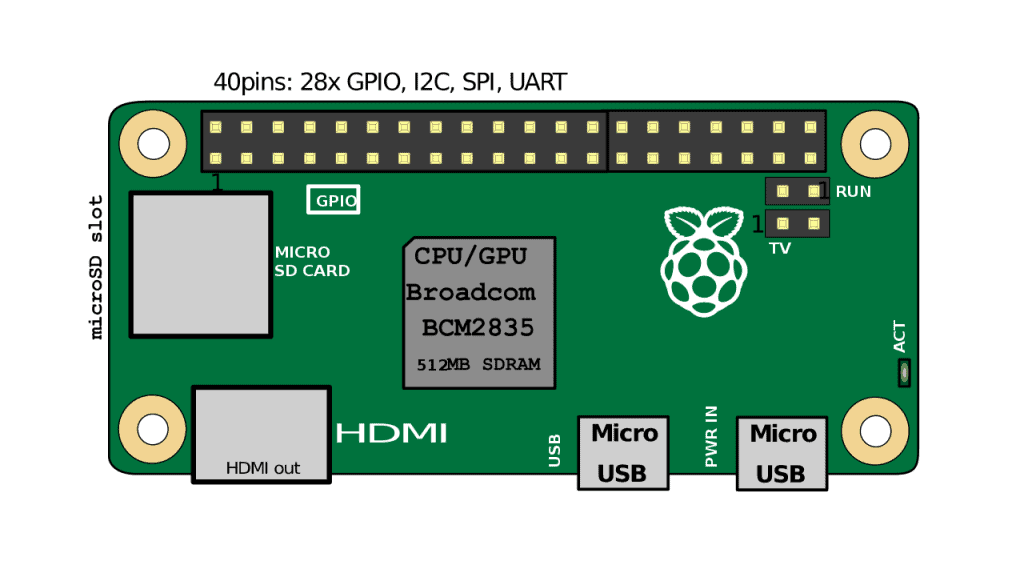
The last model from the Raspberry Pi catalog is the Pi Zero (you can find all the details on my page about it).
It’s the smallest Raspberry with 65 mm long and 30 mm wide (about half of the B model).
It’ll be the perfect companion for traveling, pen testing or limited size projects.
Raspberry Pi Zero
The first “Zero” model was released in November 2015.
The main event was the size of the board, but it comes with these specifications:
- Price: $5
- CPU: ARM 1Ghz
- RAM: 512M
- 1 micro USB port
- 1 mini HDMI output
- 17 GPIO pins
It is pretty close to the Raspberry Pi B model in 2015.
Because of the lack of space, we received fewer ports but there is enough CPU and RAM to use it.
Raspberry Pi Zero W
In February 2017, the Raspberry Pi Zero received an update, with a wireless card (Wi-Fi and Bluetooth).
It’s also the first version with a built in camera port.
Raspberry Pi Zero WH
You could find the WH version at your favorite reseller.
This specs didn’t change and the only difference is the pre-soldered GPIO header.
If you plan on using GPIO pins, this version could help you start faster.
The Raspberry Pi Zero W (or WH) is not as cheap as $5 because you can’t do anything with the board alone.
But if you intend to create projects with a minimal wiggle-room, you can buy the Vilros kit on Amazon.com.
I bought it recently and I’m happy with it. It’s easy to start with the required cable and adapter.
Warning: current prices are all over the place for a new Raspberry Pi. Make sure to check this article to pay the right price when buying a Raspberry Pi. I also give a few tips to find one in stock (which currently isn’t that easy).
Raspberry Pi sales results
Even if the goal of the Raspberry Pi is not to make money with the product, we can’t ignore the successful history of the device from a sales point of view.
Many computer brands should be jealous of these results.
As I said they sold 500k Raspberry Pi in the first 6 months, 2 million one year later, and they are now close to 20 million devices sold.
It’s a rhythm of 3 million sales a year.
To give you an idea, Apple sold 20 million Macs in 2017, which is not that far off, and Raspberry Pi is on a niche market.
Here is a graph of the total sales progress since the beginning of the Raspberry Pi story:
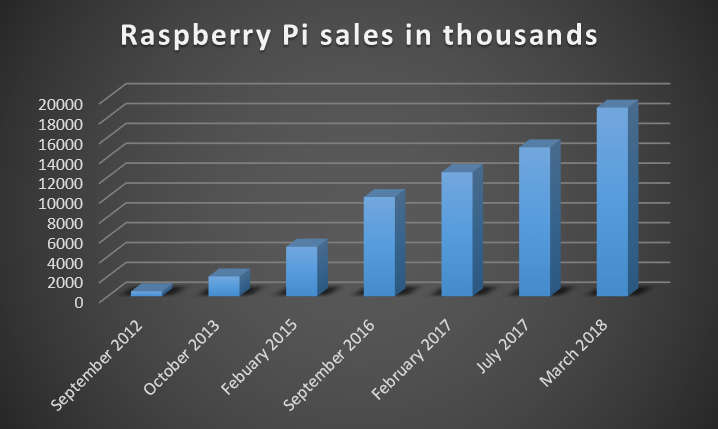
If you want the exact numbers, here is what I have found:
- September 2012: 500 000 devices sold
- October 2013: 2 million
- February 2015: 5 million
- September 2016: 10 million
- February 2017: 12.5 million
- July 2017: 15 million
- March 2018: 19 million
It’s the total sales since the beginning, not a yearly result.
Raspberry Pi key dates
And for those who are preparing a presentation or just want essential information, here are all the key dates to remember about the Raspberry Pi story:
- 2006: Eben Upton started to work on the first concepts
- 2011: We are close to the first release, with alpha and beta devices during this year
- January 2012: The first 10 Raspberry devices are sold on eBay (£3500 for the first one)
- 29 February 2012: Official release of the first Raspberry for the public, the Pi B
- 4 February 2013: Release of the Raspberry Pi A
- November 2014: Release of the Raspberry Pi A+
- 2 February 2015: Release of the Raspberry Pi 2 B
- 26 November 2015: Release of the Raspberry Pi Zero
- 29 February 2016: Release of the Raspberry Pi 3 B
- 28 February 2017: Release of the Raspberry Pi Zero W
- 15 January 2018: Release of the Raspberry Pi Zero WH
- 14 March 2018: Release of the Raspberry 3 B+
- November 2018: Release of the Raspberry 3 A+
- 24 June 2019: Release of the Raspberry Pi 4
- November 2020: Release of the Raspberry Pi 400
It's a free PDF guide containing every Raspberry Pi Linux command you should know!
Download now
Raspberry Pi today
We saw the amazing story of Eben Upton and the Raspberry Pi Foundation, starting from 0 to 20 million sales in six years.
Before ending this article, let’s take a moment to see how much space the Raspberry Pi took in our everyday lives, internationally (and beyond ^^).
Raspberry Pi at school
The main goal of creating Raspberry Pi was to bring back computing to school, for educating young people.
Was it a success? Probably.
Is it measurable? Not sure.
We know there were donations, like the 15,000 units I wrote about before.
We know that many teachers bought Raspberry Pi for their classes.
Either way, Eben Upton should be proud of his work, helping many people worldwide learn how computers work and discover programming – all thanks to him.
Raspberry Pi at work
There are many applications at work for a Raspberry Pi.
Many companies can use it to collect data, display things or monitor something.
I can imagine a backup VPN server, a customer counter in a store or a monitoring node on a small remote site.
You don’t need a $500 computer or server for this kind of projects. All you need is something stable with a network connection and Linux on it.
For example, where I work, I put a Raspberry Pi somewhere to control the real Wi-Fi connection speed available for users.
No server could have been used for this, wirelessly connected at the exact place I wanted it.
More info: 5 projects idea for business
Raspberry Pi in movies
Recently, the Raspberry Pi appeared in movies such as Big Hero and TV shows like Mr. Robot.
In Mr. Robot for example, the main character is a hacker and uses the Raspberry Pi small size to introduce it in a company he wants to hack.
It’s really close to what security companies are making nowadays..
Raspberry Pi is a great tool in pen testing for example.
If they manage to put a Pi Zero on the target network, it could be hard to find for the target company, and the best option for the hacker to get control of the network.
Raspberry Pi in space
There are also Raspberry Pi inside the International Space Station (ISS).
Scientists can use them for various projects.
For example, in 2018, the Raspberry Pi foundation allowed schools to run their code in space, aboard the ISS.
You can find all details in this blog post.
Raspberry Pi community
I think that today, the first strength of the Raspberry Pi is its community.
With the Internet democratization and social networks, the fame of this product spread naturally.
Every day you can find new websites, posts, tweets or pins about the Raspberry Pi.
You can find new project ideas easily by browsing this page.
When the Retropie system was revealed to the public, everyone wanted a retro-gaming computer at home for less than $50, and they bought a Raspberry Pi
When Michael Teeuw published his “Magic Mirror” concept, the buzz created with his project must have created a peak in the Raspberry Pi sales.
Everything is possible and any new idea with a Raspberry Pi helps the Foundation to sell devices, and then lead various projects.
It's a free PDF guide containing every Raspberry Pi Linux command you should know!
Download now
Reminder: Remember that all the members of my community get access to this website without ads, exclusive courses and much more. You can become part of this community for as little as $5 per month & get all the benefits immediately.
Conclusion
And that’s it, you know everything you need to know about the Raspberry Pi story.
I hope I detailed this post enough for you, without being too dense or boring.
If you have suggestions about this topic, or some anecdotes about the Raspberry Pi evolution, feel free to leave a comment in the community.
As this is a big subject, and I simplified the content of this article, I’ll give you some links just in case you need more details.
Here are interesting pages about Raspberry Pi:
- The Wikipedia pages about the Raspberry Pi, the Raspberry Pi Foundation and Eben Upton
- The Raspberry Pi Blog, with all articles about the main events since the beginning
- This giant article on TechRepublic is also a good source of information
Whenever you’re ready, here are other ways I can help you:
The RaspberryTips Community: If you want to hang out with me and other Raspberry Pi fans, you can join the community. I share exclusive tutorials and behind-the-scenes content there. Premium members can also visit the website without ads.
Master your Raspberry Pi in 30 days: If you are looking for the best tips to become an expert on Raspberry Pi, this book is for you. Learn useful Linux skills and practice multiple projects with step-by-step guides.
The Raspberry Pi Bootcamp: Understand everything about the Raspberry Pi, stop searching for help all the time, and finally enjoy completing your projects.
Master Python on Raspberry Pi: Create, understand, and improve any Python script for your Raspberry Pi. Learn the essentials step-by-step without losing time understanding useless concepts.
You can also find all my recommendations for tools and hardware on this page.

